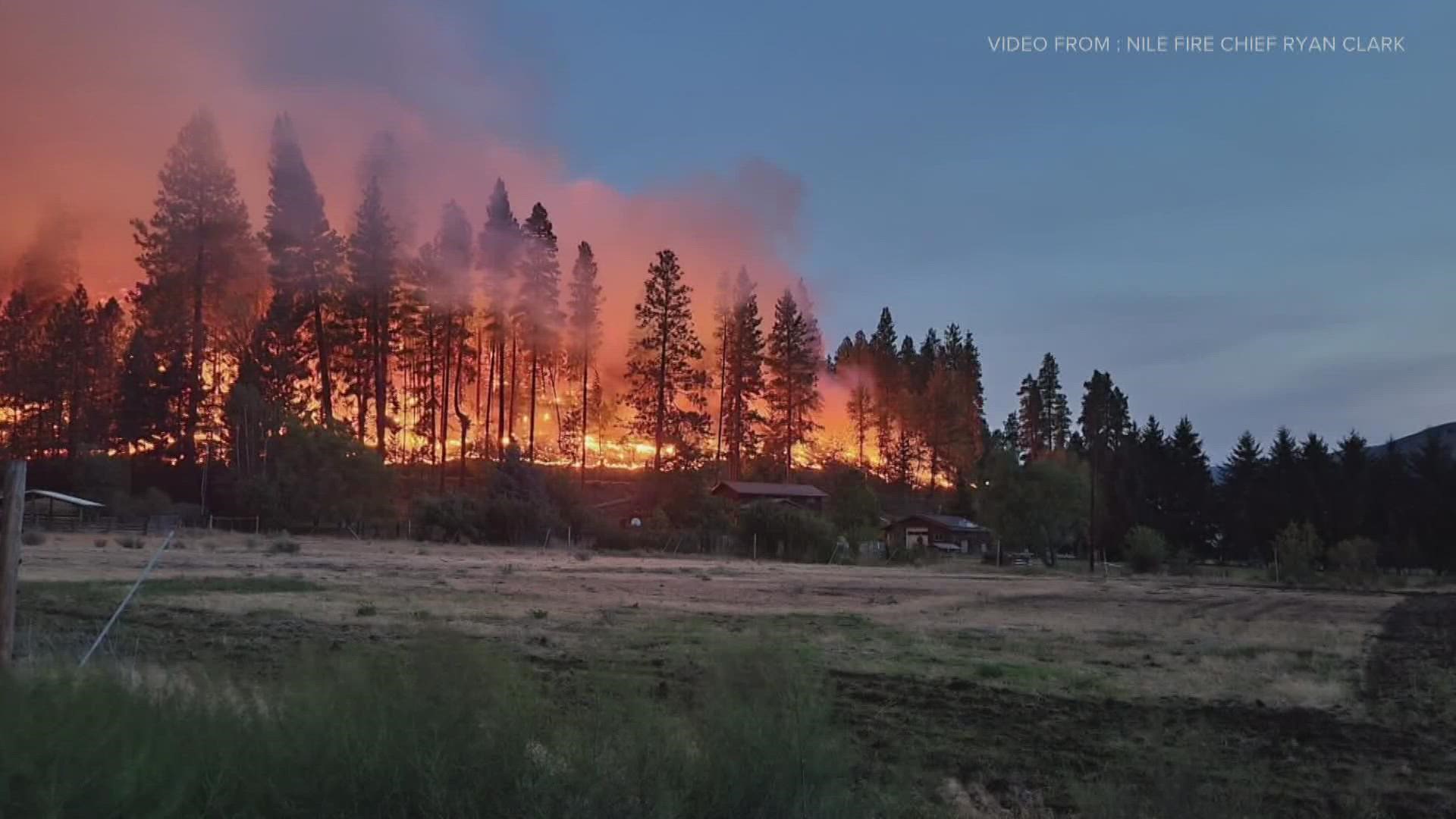SEATTLE — The Washington Department of Natural Resources (DNR) said it is hopeful this fire season will be less intense than last year thanks to high rainfall and melting snowpack, though it is still preparing extensively and asks everyone to do what they can to prevent causing fires in the first place.
Other researchers have shared similar expectations.
As a longtime Seattleite, Crystal Raymond said she remembers wet, cold springs in years past, and that it's been interesting and different than the past couple of years.
"It's great to have this rain with the drought we have throughout the northwest but also recognizing the fact that things could change really quickly," said Raymond, a climate adaptation specialist at the University of Washington's Climate Impacts Group. "So we don't want to let our guard down heading into August and September."
DNR and Raymond said a strong La Niña and favorable conditions this spring helped moisten vegetation and ease drought in some areas, though there could be some locations that are still more prone than others.
It's also important to note the impact increased precipitation has on fuel for fire. Raymond said that in eastern Washington, for example, spring rains can boost brush and grass, but when that dries out during the hot summer, it can result in more fire potential than in forest-heavy environments.
DNR held a briefing Thursday on preparations underway for fire season and what is expected based on current weather patterns. A meteorologist shared that a strong La Niña has played a role in precipitation and that extra rainfall and heavy snowpack have almost completely abated drought conditions west of the Cascades. Still, the summer could bring hot, dry conditions, and fire season is expected to peak later in the summer.
DNR said it has 120 engines planned to service fires this year, the same as in 2021. It is using funding passed by lawmakers to create a fleet of dozers to help with building fire lines, though there have been some supply chain problems with transport.
The department is actively hiring operators. The funding also meant money for three more 20-person crews, which DNR plans to parse into 10-person teams to be spread across different regions. Additional hiring and training are underway.
Most fires are human-caused, with debris burning the No. 1 reason, according to DNR. If people need to burn, they must follow burn bans, be conscious of weather conditions and should keep piles small, DNR said.
The second-leading cause of human-caused fires is recreational or ceremonial burning.
While DNR prepares to fight fires, it asks everyone to limit activity that could cause them in the first place.

